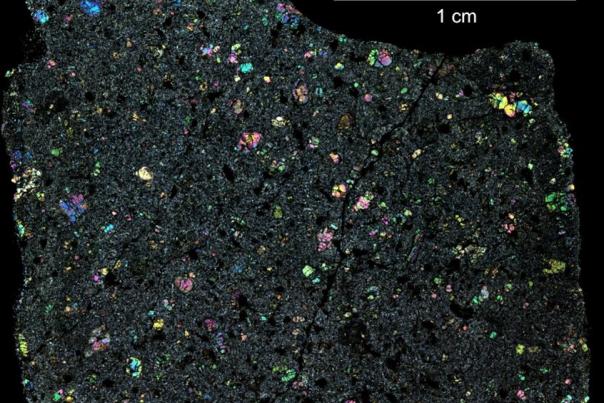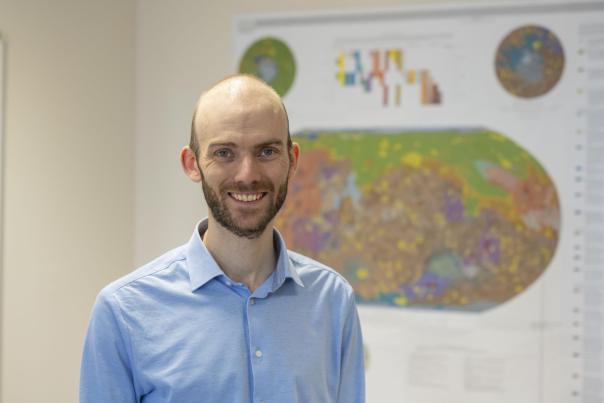The first objective is to constrain the magmatic processes behind rocks over 3.5 billion years old, analyzed by the Perseverance rover on Mars. This should make it possible to identify the nature of the mantle rocks at depth, but also to better understand how the Martian crust, as a whole, was formed.
The second objective is to study even older magmatic processes, active over 4.5 billion years ago, at a time when planets were still forming and had not yet reached their final size. At that time, the solar system was populated by miniature planets known as planetesimals, the vast majority of which were incorporated into the growing planets. Some fragments of these planetesimals survived to form what are known today as asteroids.






